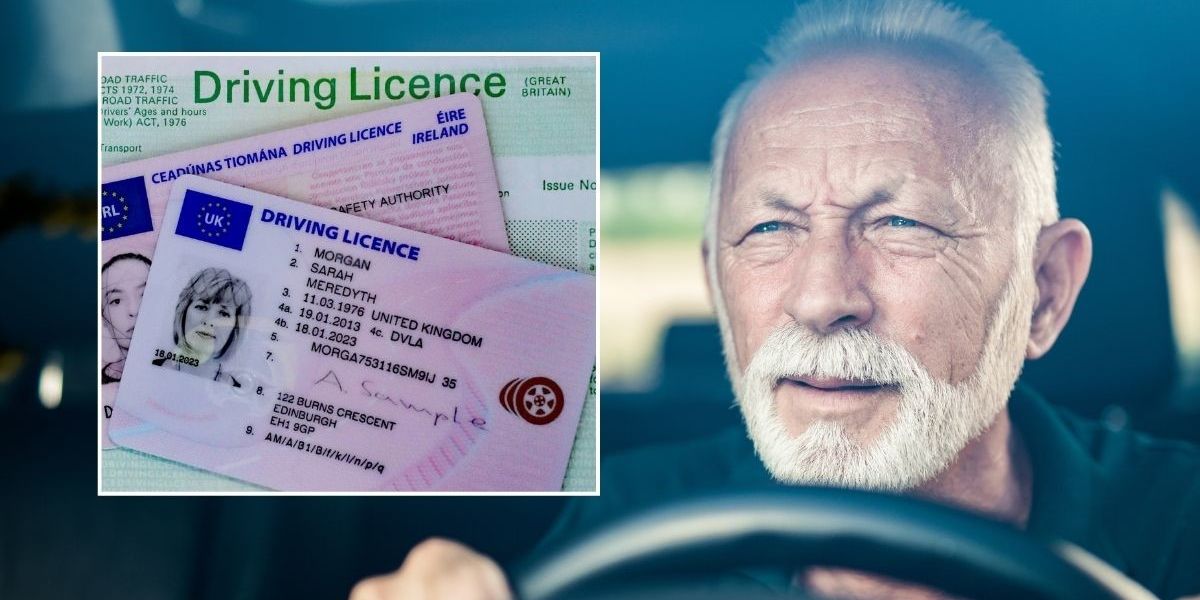New changes are set to be rolled out to upgrade smart motorways and help protect drivers on the road after they were scrapped earlier this year.
The Government formally announced plans to cancel all new smart motorways in April citing a lack of confidence from motorists, in addition to cost pressures.
National Highways has announced that 11 more sections of motorway will be upgraded with extra places to stop in an emergency.
Around £900million of investment was pledged when smart motorways were scrapped to build more than 150 additional emergency areas on all lane running (ALR) motorways before 2025.
A number of people have been killed on smart motorways
PA
The latest update from National Highways shows that it has delivered a series of actions to further improve the safety of smart motorways.
The “smart motorways stocktake third year progress report” was published this week and outlines the safety evidence for the roads between 2017 and 2021.
Five further emergency areas have already been added on the M6 in Staffordshire, while eight other areas have been launched on the M1 in Bedfordshire and Northamptonshire.
Nick Harris, chief executive of National Highways, explained how safety was the biggest priority for the organisation and remains committed to further improving ALR motorways.
He said: “We have completed key upgrades to improve the performance of technology to detect stopped vehicles, and today we have set out the next sections of motorway to benefit from the programme to install more than 150 extra emergency areas to give drivers added reassurance.
“We are also continuing to invest £105million to improve the resilience of our operational technology systems.”
Commenting on the latest smart motorways stocktake, Edmund King, AA president, said that National Highways were making “good progress” to improve safety after the organisation raised serious concerns.
He added: “The fundamental problem remains that stopped vehicle incidents are more frequent on all lane running ‘smart’ motorways compared to motorways with hard shoulders.
“To address this, the hard shoulder needs to be reinstated or at the very least the number of emergency areas needs to be radically increased.
“The prospect of breaking down or stopping in a live lane is daunting as our AA call centre operators who take the distressed calls can confirm.”
If a driver cannot exit the vehicle safely via the passenger seat after breaking down in a live line, they are advised to keep their seat belt on, put their hazard lights on and call 999.
Motorists should always ensure their vehicle is roadworthy and in good condition by reacting to warning lights and checking they always have enough fuel or battery to make it to their destination.
The AA has called on the Government to introduce more “controlled motorways” which show lower rates of people being killed or seriously injured compared to ALR roads.
It highlights how the benefit of a controlled road uses smart motorway technology, while also having a hard shoulder.
LATEST DEVELOPMENTS:
The AA is calling for further law changes to boost safety on motorways
PA
Further developments are being rolled out for additional emergency areas in the following locations:
- M1 junctions 16 to 19 in Northamptonshire
- M1 junctions 23a to 25 in Leicestershire & Nottinghamshire
- M1 junctions 28 to 30 in Derbyshire
- M1 junctions 30 to 31 in Derbyshire
- M3 junctions 2 to 4a in Surrey & Hampshire
- M4 junctions 10 to 12 in Berkshire
- M5 junctions 4a to 6 in Worcestershire
- M6 junctions 21a to 26 in Cheshire
- M20 junctions 3 to 5 in Kent
- M25 junctions 5 to 7 in Surrey & Kent
- M27 junctions 4 to 11 in Hampshire













